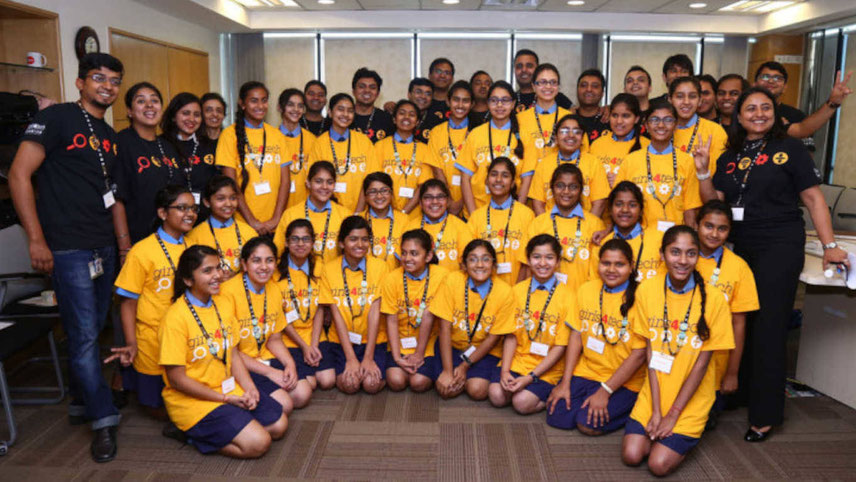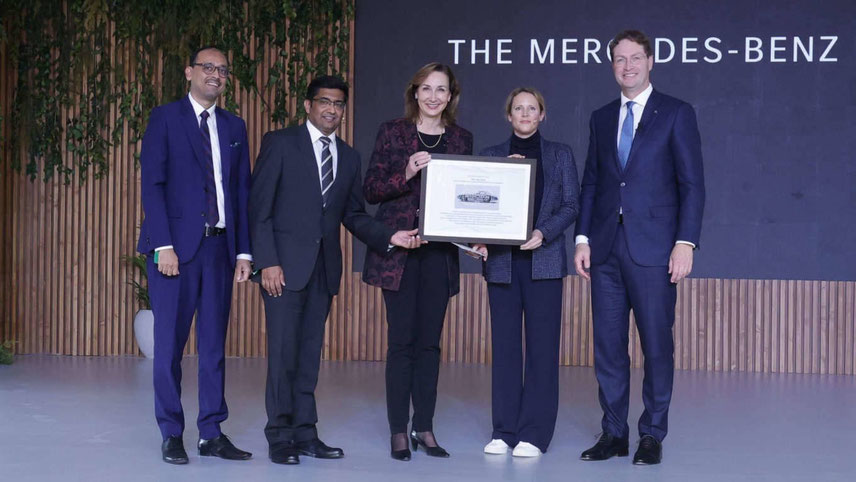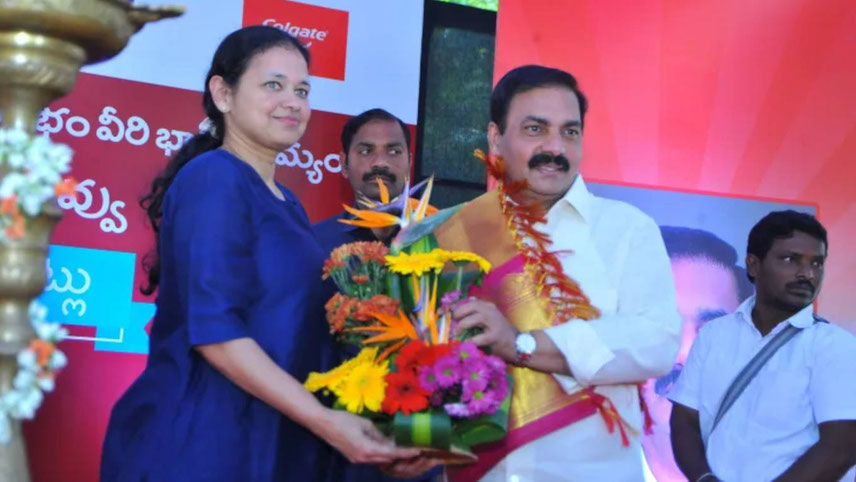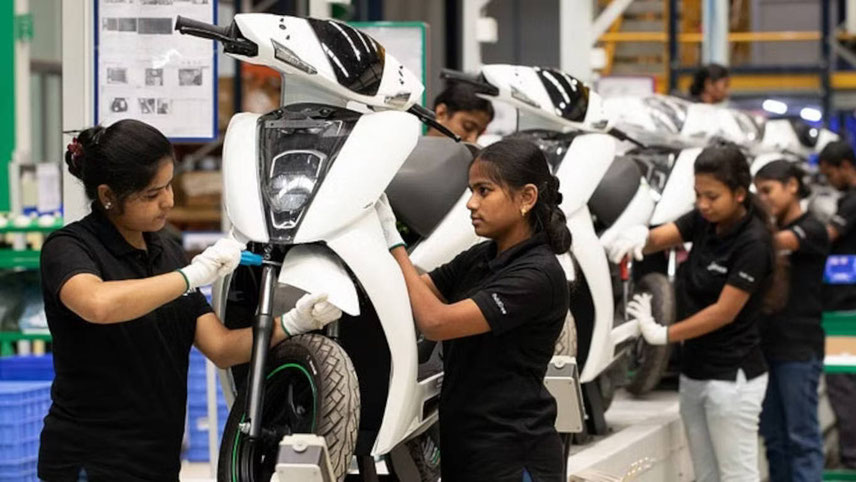
Being regulation light, NBFCs, also termed as shadow banks, are nimble, leverage on technology and produce a cost-efficient model which caters to customers traditionally unbanked and having limited access to capital. NBFCs have managed to carve a space for themselves, be it in consumer lending, asset backed lending or unsecured lending through their unique pricing model and customer outreach.
Today, with the added edge of digitisation, NBFCs are innovating and further extending their reach. NBFCs have pioneered efficient credit underwriting processes and are basing their value proposition on turnaround time. Getting credit, in a matter of minutes, has been made possible and accessible by NBFCs. Despite the setback faced by NBFCs in the last 2-3 years, NBFCs still manage to contribute significantly to the overall credit mix.
NBFCs have, in recent years, stepped up in providing the vital capital to MSMEs, especially to micro and smaller enterprises. The outstanding NBFC credit to entire MSME segment has increased from roughly Rs50,000 crore in December '14 to around 2.2 lakh crore in December ’19.
NBFCs cater to MSMEs through unsecured, cash flow-based lending or asset backed financing or through secured loan. Product offering anchored by distinctive approaches to lending to MSME has helped in creating a greater outreach in a more systematic and structured manner.
The IL&FS fiasco along with the fall of DHFL in recent years and current Covid impact have left lasting scars on the sector. Few NBFCs have failed to effectively monitor portfolio performance leading to higher provisioning requirements and blocking of capital. Several NBFCs have an asset-liability mismatch which has engendered not only a liquidity crunch but has also made it difficult for them to raise long term funds.


































